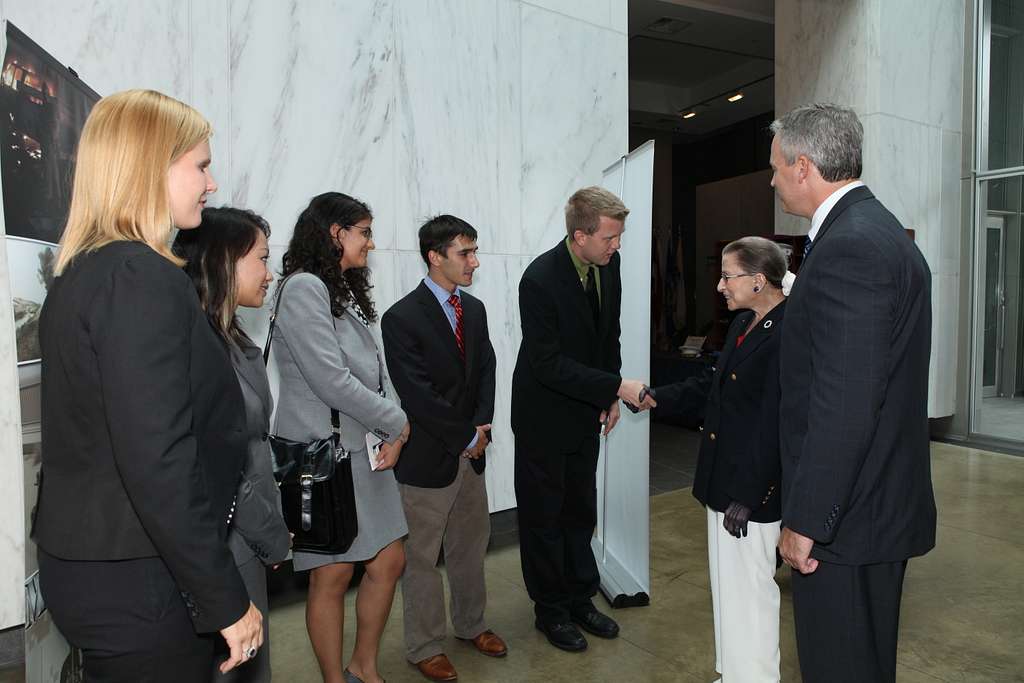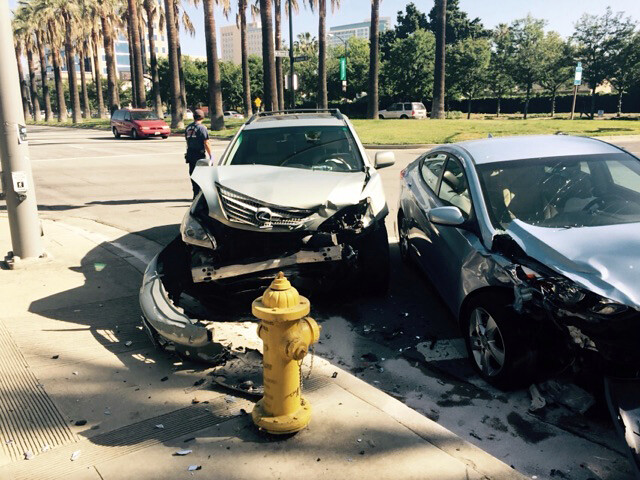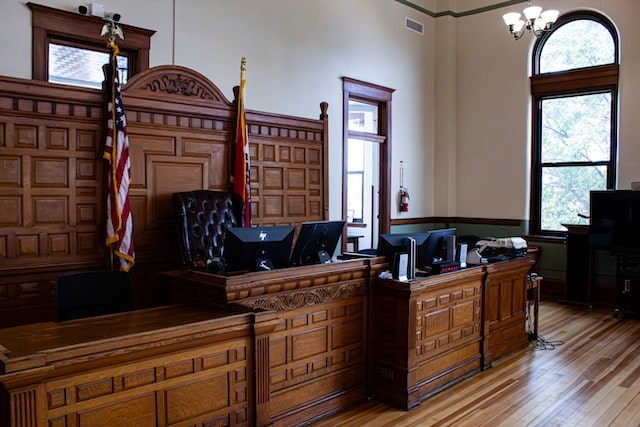We inch closer and closer to becoming a bad faith state
D.K. Prop., Inc. v National Union Fire Ins. Co. of Pittsburgh, Pa., 2019 NY Slip Op 00347 (1st Dept. 2018)
(1) ” The complaint alleges that rather than pay the claim, defendant has made unreasonable and increasingly burdensome information demands throughout the three year period since the property damage occurred “
(2) “At issue is whether, at the pleading stage, a claim for consequential damages arising from defendant’s processing of plaintiff’s insurance claim requires a detailed, factual description or explanation for why such damages, which do not directly flow from the breach, are also recoverable. We find that the motion court erred in dismissing the consequential damages claim, because plaintiff fulfilled its pleading requirement by specifying the types of consequential damages claimed and alleging that such damages were reasonably contemplated by the parties prior to contracting. “
(3) ” A plaintiff may sue for consequential damages resulting from an insurer’s failure to provide coverage if such damages (“risks”) were foreseen or should have been foreseen when the contract was made (Bi-Economy Mkt, Inc. v Harleysville Ins. Co. of N.Y., 10 NY3d 187, 192 [2008]). Although proof of such consequential damages will ultimately rest on what liability the insurer is found to have “assumed consciously,” or from the plaintiff’s point of view, have warranted the plaintiff to reasonably suppose the insurer assumed when the insurance contract was made, a determination of whether such damages were, in fact, forseeable should not be decided on a motion to dismiss and must await a fully developed record (see Panasia Estates, Inc. v Hudson Ins. Co., 10 NY3d 200, 203 [2008]; see also Bi-Economy at 192). In other words, the inquiry is not whether plaintiff will be able to establish its claim, but whether plaintiff has stated a claim.”
(4) ” Here, plaintiff’s allegations meet the pleading requirements of the CPLR with respect to consequential damages, whether in connection with the first cause of action or the second cause of action for breach of the covenant of good faith and fair dealing in the context of an insurance contract (id.). Contrary to defendant’s claim, there is no heightened pleading standard requiring plaintiff to explain or describe how and why the “specific” categories of consequential damages alleged were reasonable and forseeable at the time of contract. There is no heightened pleading requirement for consequential damages (Panasia Estates Inc. v Hudson Ins. Co., 68 AD3d 530, 530 [1st Dept 2009], affd 10 NY3d 200 [2008], citing Bi-Economy 10 NY3d at 192). Furthermore, an insured’s obligation to “take all reasonable steps to protect the covered property from further damage by a covered cause of loss” supports plaintiff’s allegation that some or all the alleged damages were forseeable (Benjamin Shapiro Realty Co. v Agricultural Ins. Co., 287 AD2d 389, 389-390 [1st Dept 2001]). “
The terrain is tightening a bit.













One Response
Based on this case, consequential damages are now available in no-fault. In the past, courts have set the pleading requirments very high, but this case overrules that.